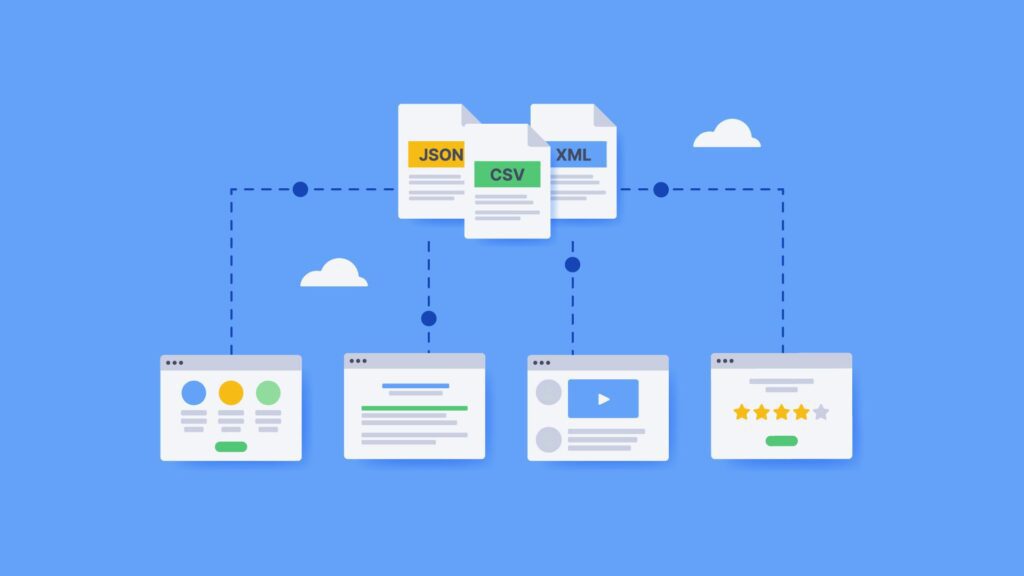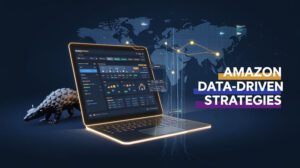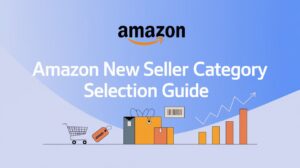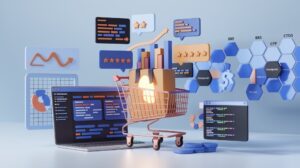Introduction
In the digital age, the value of data is increasingly highlighted. Web data scraping technology, as an important means of obtaining online information, is widely used in various fields such as market research, customer insights, and product analysis. This article will delve into the latest web data scraping techniques, analyze their advantages and disadvantages, and look forward to future development trends.
Overview of Web Data Scraping Techniques
Web data scraping, commonly known as web crawlers or web spiders, refers to programs that automatically browse the Internet and extract information from web pages. With the rapid development of the Internet, scraping techniques have also been continuously advancing, from simple scripts in the past to complex algorithms and machine learning models.
Latest Web Data Scraping Techniques Introduction
- General Web Crawler Techniques
- Initial URL Acquisition: Crawlers start from a predefined list of URLs.
- Page Scraping and New URL Discovery: Crawlers visit URLs, download pages, and parse page content to discover more URLs.
- URL Queue Management: Newly discovered URLs are added to the queue, waiting to be scraped.
- Stop Condition Setting: Crawling stops based on specific conditions (such as scraping depth, time, etc.).
- Focused Web Crawler Techniques
- Target Definition and Description: Clarify the scraping target, such as a specific topic or field.
- Irrelevant Link Filtering Mechanism: Exclude links unrelated to the target to improve data relevance.
- URL Priority Determination: Determine the order of scraping based on relevance, link weight, and other factors.
- Crawling Strategies
- Depth-First and Breadth-First Strategies: Depth-first strategy digs deep into a branch before backtracking, while breadth-first strategy expands layer by layer.
- Big Site Priority and Backlink Strategy: Prioritize scraping web pages with more links or higher weights.
- Other Advanced Crawling Strategies: Such as the OPIC strategy, Partial PageRank strategy, which optimize the crawling path through algorithms.
Advantages of Web Data Scraping Techniques
- Time Saving and Efficiency Improvement: Automated scraping processes significantly reduce the time required for manual data collection.
- Large-scale Data Acquisition Capability: The amount of data that can be processed and analyzed far exceeds human capabilities.
- Cost-effective: Compared to manual labor, automated scraping is less expensive.
- Maintainability: Once set up, crawlers can continue to run and adapt to minor changes in websites.
- Structured Data Output: The output data format is uniform, making it easy to further process and analyze.
Disadvantages of Web Data Scraping Techniques
- Need for Continuous Maintenance: Changes in website structure may require regular updates to the crawler.
- Possible Access Blocking Issues: Some websites may take measures to block or limit crawler access.
- Relatively Low Performance: Especially when dealing with large-scale data, the speed of the crawler may become a bottleneck.
- Anti-crawling Issues: Measures need to be taken to avoid being detected and banned by target websites.
- Technical Threshold: Designing and maintaining an efficient crawler requires some technical knowledge and algorithmic thinking.
Comparison of Different Web Data Scraping Techniques
- Comparison between General and Focused Web Crawlers: General crawlers have a wide coverage but may include a lot of irrelevant data; focused crawlers focus on specific targets, and the data is more relevant.
- Applicable Scenarios and Efficiency Analysis of Different Crawling Strategies: Depth-first strategy is suitable for crawling websites with deeper structures, while breadth-first strategy is suitable for websites with shallower structures or denser links.
- Comparison between Traditional Programming Crawlers and Non-programming Crawlers: Traditional programming crawlers are flexible but require programming knowledge; non-programming tools like Web Scraper are easy to use but may have limited functionality.
Case Study
- Successful Application of the Latest Web Data Scraping Techniques: For example, a market research company uses focused crawler technology to collect online product information of competitors and analyze market trends.
- Problems Encountered and Solutions: Such as encountering anti-crawling mechanisms during the scraping process, resolving by setting reasonable request intervals and using proxy IPs.
Conclusion and Outlook
Web data scraping technology is a vital tool for connecting data needs and data resources. As an innovative application in the field of web data scraping, “Pangolin Scrape API” provides users with a powerful solution for data scraping. With the continuous advancement of technology, we can expect that web data scraping will become more intelligent and user-friendly in the future.
References
- Relevant technical documents and research papers will be listed in this section for further study and reference by readers.
Ten, Introduction to “Pangolin Scrape API“
In the field of web data scraping, “Pangolin Scrape API” offers a powerful solution that is efficient and straightforward. It is a robust tool that allows users to scrape and analyze web page data through API calls, without delving into the complex technical details of crawlers.
Product Features:
- Ease of Use: Users can initiate scraping tasks with just a few lines of code, without the need to write complex crawler programs themselves.
- Flexibility: It supports customized scraping requirements, allowing users to tailor scraping rules to their needs.
- High Efficiency: The “Pangolin Scrape API” backend features an efficient scraping engine that can quickly respond to scraping requests.
- Stability: It has robust error handling and retry mechanisms to ensure the stability of the scraping process.
- Structured Data Output: It provides structured data output, making it easy for users to further process and analyze.
Eleven, Comparison of “Pangolin Scrape API” with Traditional Crawling Techniques
- Technical Threshold: “Pangolin Scrape API” significantly reduces the technical threshold, allowing users to use the crawler without in-depth programming knowledge.
- Maintenance Costs: Users do not need to maintain the crawler themselves; all maintenance work is handled by the “Pangolin Scrape API” team.
- Update Frequency: “Pangolin Scrape API” can quickly adapt to changes in website structures, eliminating the need for users to worry about crawler failure issues.
- Anti-Scraping Strategy: The “Pangolin Scrape API” team continuously updates anti-scraping strategies to ensure smooth scraping operations.
Twelve, Application Case Studies of “Pangolin Scrape API“
- Market Research: A market research firm uses “Pangolin Scrape API” to collect online product information of competitors, analyzing market trends.
- Social Media Analysis: A social media analysis platform leverages “Pangolin Scrape API” to scrape social media data for sentiment analysis and user behavior research.
- Price Monitoring: An e-commerce platform utilizes “Pangolin Scrape API” to monitor price changes of competitors in real-time, automatically adjusting their own pricing strategies.
Thirteen, How to Get Started with “Pangolin Scrape API”
- Register an Account: Visit the official website of “Pangolin Scrape API”, register, and create an account.
- API Key: Generate an API key in your account, which is essential for authenticating API calls.
- Read the Documentation: Read the “Pangolin Scrape API” development documentation thoroughly to understand how to construct requests and parse responses.
- Construct Requests: Build API requests based on your needs, including specifying URLs to scrape and scraping rules.
- Get Results: After sending the request, “Pangolin Scrape API” will return structured data results that users can directly utilize for analysis.
Fourteen, Conclusion
Web data scraping techniques play a crucial role in connecting data requirements with data resources. “Pangolin Scrape API”, as an innovative application of this technology, provides users with a powerful solution for data scraping. With continuous advancements in technology, we anticipate that “Pangolin Scrape API” will continue to evolve, offering more intelligent and efficient data scraping services.
Fifteen, Call to Action
If you are facing challenges in data collection or wish to streamline your data scraping processes, consider trying “Pangolin Scrape API”. Visit our official website now and embark on your data scraping journey!
Note: The article has been translated into English in its entirety. The translation includes the detailed introduction and advantages of “Pangolin Scrape API”, as well as instructions on how to get started with it. If you have any questions or need further assistance, please feel free to contact us at any time.






